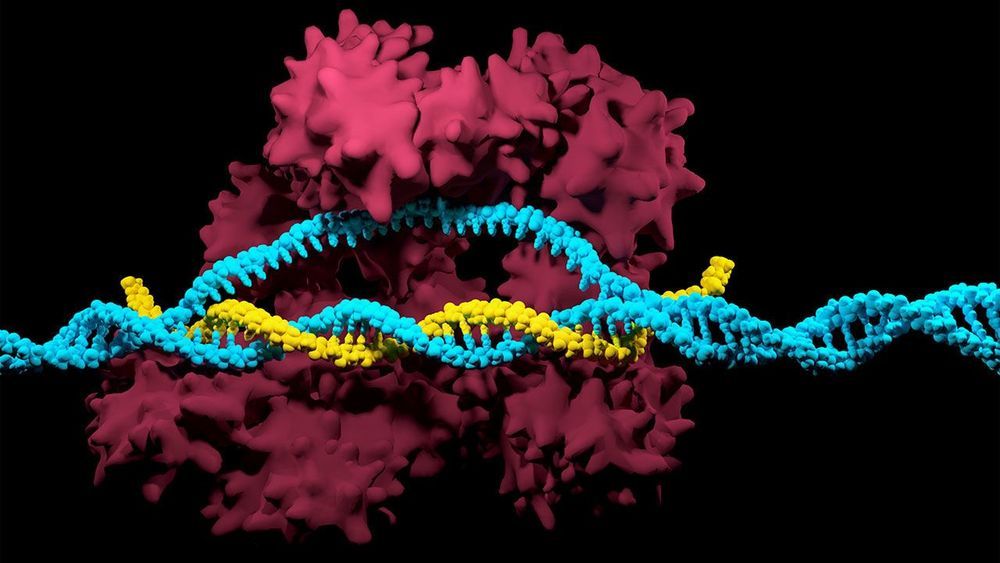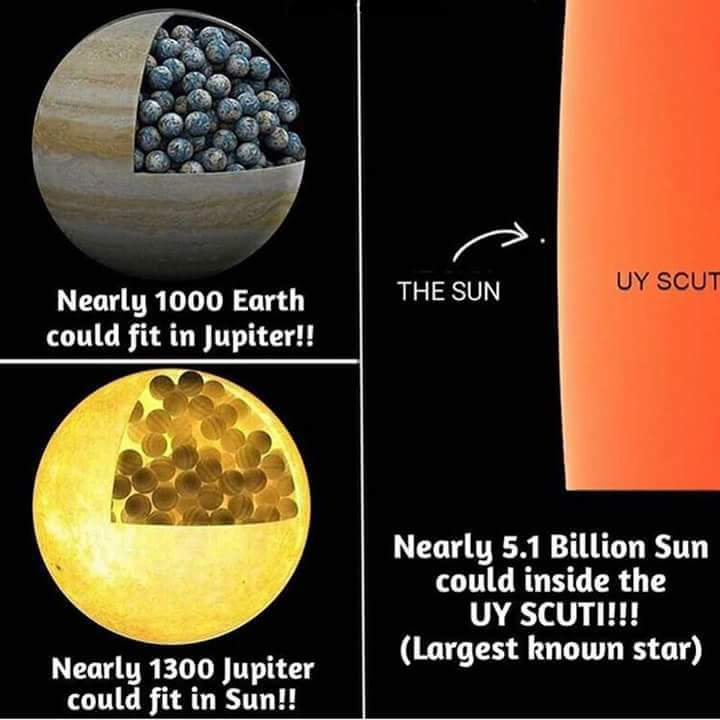Companies may have to license patents on genome editor from multiple places.



British billionaire plans to make a suborbital flight on the 50th anniversary of the Apollo 11 moon landing.
Sir Richard Branson stands beside the Virgin Galactic spacecraft at the Farnborough International Airshow on Nov. 7, 2012 in Hampshire, England. Steve Parsons / PA Images via Getty Images file.


Basically, it sounds like the Army is looking to build a stable platform, like iOS, that it can build increasingly sophisticated weapon technologies on top of.
“Imagine that Steve Jobs and his engineers were trying to convert the iPod Touch to the first 3G iPhone,” Caggins told Task & Purpose. “There were a thousand technologies they could have put in the first iPhone but they were looking to mature the platform before they could actually go onto the system.”

Talking about fairytales, this article embodies a fairytale of its own — the fairytale that we have to accept human nature as a given. That kind of fatalism will lead society to disaster in the decades ahead. Instead, we can, and must, do better, to secure a “Humanity+ future” ~ David Wood.
The idea that new technologies can liberate us from the human condition is a fantasy. In reality, the 21st-century will be all too human.

God” according to Rev Benek is working thru people like me who are pioneers in the AI and uploading field — and I am developing a Zenet interface for artificial death simulating the Khemetic afterlife — not a Judeo-Christian version. Osiris is a key deity in Zenet, and has a special place in Mormonism btw. There are good technical reasons for using Zenet. Objectives for the dead are slightly different than play strategy for the living in Zenet (having already passed over the dangerous waters). It is the Bridge between Worlds perfect for artificial-death, no biblical or koranic account exists how to communicate between living and deceased. “The betterment of mankind” imo involves the Restoration of Ma’at. And the Egyptian afterlife is available to all races (not just chosen people) — “Hour Five is one of the most complex hours within the composition. In the upper registers, the gods are portrayed with a surveying cord, because the deceased are allotted space (in the form of fields) within this hour. The deceased are also allotted time, and hence the gods also carry the body of a serpent and the hieroglyphs meaning “lifetime” in the lower register. In order to accomplish this, the Apophis fiend, known as “the Retreater, must once again be battled and fettered. Behind Apophis we notice the ba-souls of the blessed dead, and at the beginning of the lower register are found the four ”races” of mankind, including Egyptians, Asiatics, Nubians and Libyans. Each race is represented by four individual figures, who are assured existence in the afterlife. They are placed in the care of Horus and Sakhmet. It should be noted that the Great Hymn of Akhenaten, Aten is said to care even for foreign people, and hence, they are sheltered in the realm of the dead, according to Even if the uploading doesn’t take, this belt and braces offering still offers (conventional religious) Immortality with Horus, Amen, Isis, Thoth and the gang. Why does it matter which ”God(s)” — so long as we make it to the (1st) afterlife with the bonus of communication with the living?
Funerary Text from Egypt’s New Kingdom.



How competing software, hardware and political ideology could accelerate existing divisions in humanity into the future
It’s been great to get people’s thoughts and feedback on the last article on “The iPhone 20”. Some of your responses considered that given Apple’s business model is effectively a walled garden, this makes any integration with the human body very unlikely in the future.
That’s why in this article, rather than focusing on Apple, I’ll look to explore some of the ways tech companies and organisations (including government bodies) will compete on software, hardware and protocols that will shape humanity’s journey to 2029, which may accelerate our existing divisions that stifle collaboration and splinters our future societies.
In part three of Hello World Shenzhen, Bloomberg Businessweek’s Ashlee Vance heads out into a city where you can’t use cash or credit cards, only your smartphone, where AI facial-recognition software instantly spots and tickets jaywalkers, and where at least one factory barely needs people. This is the society that China’s government and leading tech companies are racing to make a reality, with little time to question which advancements are net positives for the rest of us.
Part One — Inside China’s Future Factory.
https://www.youtube.com/watch?v=eLmaIbb13GM
Part Two — China’s High Stakes Robot Wars.
https://www.youtube.com/watch?v=qrhvZhPaxQ4
https://www.bloomberg.com/hello-world
Credits:
Creator & Host